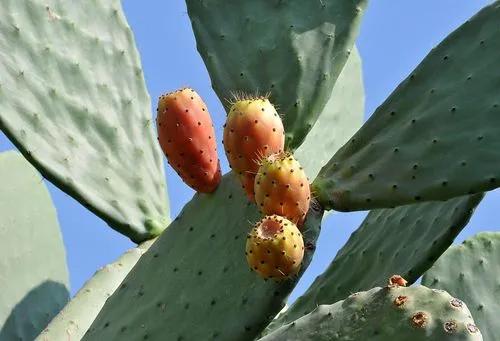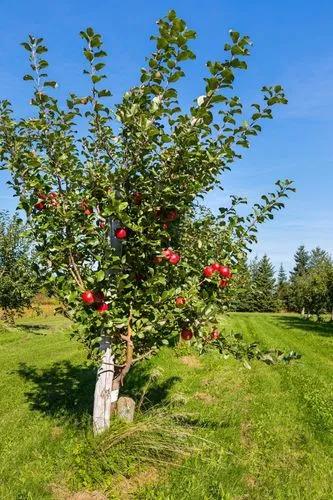is native to eastern North America from the Gulf Coast north to Thunder Bay in Ontario and Lake St. John in Quebec, and west to Texas and Minnesota. Other common names are "shadberries" (as their blossoming coincides with the shad runs in New England), "Juneberries" (because the berries usually set on in June), and "Service" or "Sarvice" berries because their blooms mean that the muddy back roads into the "coves and hollers" of Appalachia will soon be passable for circuit-riding preachers and the communities will be able to have Sunday services again. (Some say, more morbidly, that it means the ground is soft enough to dig, which means that those who died over winter can be buried and have services said over them.)[citation needed Amelanchier arborea is generally 5–12 m (16–39 ft) tall. Occasionally, it can grow up to 20 metres (66 ft) tall and reach into the overstory. The trunk can be up to 15 cm (6 in) in diameter (rarely to 40 cm or 16 in). The bark is smooth and gray.
Common Serviceberry Care
Amelanchier Arborea



This species tolerates varying light levels, but is at its best in full sun. It requires good drainage and air circulation and should be watered during drought. It is often confused with other species in the nursery trade. Propagation is by seed, divisions and grafting. The edible fruit is drier than some other serviceberries, and it is harvested locally for pies and jams, and has been known to be used for wine; they were also used by Native Americans to make bread. Some report that the sweetened juice tastes like Dr. Pepper and some nurseries sell them as "The Dr. Pepper Tree", but the fruit is not used in the soft drink.Amelanchier arborea, commonly called downy serviceberry, is a deciduous, early-flowering, large shrub or small tree which typically grows 15-25' tall in cultivation but can reach 40' in the wild. A Missouri native plant that occurs most often in open rocky woods, wooded slopes, and bluffs. Features 5-petaled, showy, slightly fragrant, white flowers in drooping clusters which appear before the leaves emerge in early spring. The finely-toothed, obovate leaves exhibit good fall color. Flowers give way to small, round green berries which turn red and finally mature to a dark purplish-black in early summer. Edible berries resemble blueberries in size and color and are often used in jams, jellies and pies. Amelanchiers are commonly called Juneberries.
How to Care for the Plant

Popularity

911 people already have this plant 64 people have added this plant to their wishlists
Discover more plants with the list below
Popular articles






